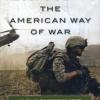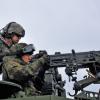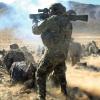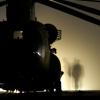Gen. Gordon R. Sullivan, USA, Ret., president and CEO of the Association of the United States Army (AUSA), has announced that Lt. Gen. Patricia McQuistion, USA, Ret., has been appointed the AUSA senior director for membership effective Nov. 2 – a new position focusing on recruiting and retaining Association individual, corporate and life members.
In this position, McQuistion will also oversee AUSA’s Regional Activities and Marketing directorates. She will report to the Association’s vice president for membership and meetings.
Sullivan, in announcing the appointment, said, "General McQuistion...













